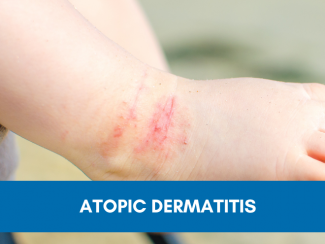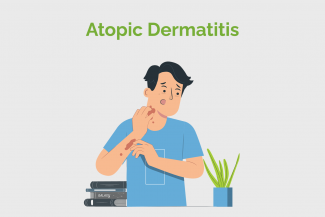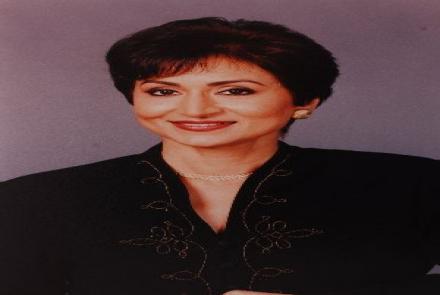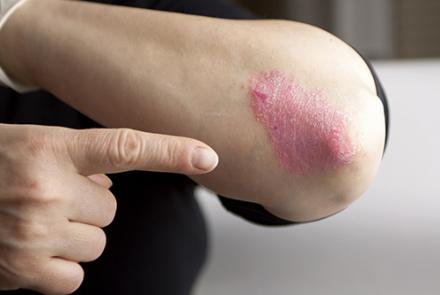
Treatment of atopic dermatitis depends on the age, sites of involvement and severity of involvement.
In mild eczemas, simple moisturization and preventive measures and care of the skin may be enough. Sometimes, a topical corticosteroid cream is enough. In case itching is severe an oral antihistamine is added. In children care should be taken that the anti histamine does not cause excessive drowsiness which can interfere with the child's studies.
In case the lesions are infected, an antibiotic is added, either topically or orally. When the rash is recurrent, after amelioration of the rash with topical steroids, a calcipotriene inhibitor like pimecrolimus or tacrolimus is introduced. With very severe flares, an oral immunosuppressant like oral steroids, cyclosporine, azathioprine, methotrexate, etc may be considered depending on the age, comorbidities, etc.
Patients with very severe refractory disease, who do not do well with conventional therapies are treated with biologics.
Other treatments that have been found useful are probiotics, massage therapy, hypnotherapy for uncontrolled itching, yoga, breathing exercises, meditation, etc
Lifestyle Changes
Successful treatment involves not just application of lotions and salves, but lifestyle changes with regard to diet, clothing, exercise and skin care. Treatment is geared at not just healing the affected areas, but also preventing relapses. Treatments have to be safe, effective and help the patient lead as normal a life as possible. The dermatologist will suggest a treatment plan based on the patient’s age, sex, symptoms, extent, sites and severity of involvement.
Prognosis of Atopic Dermatitis
The good news is that most children with Atopic Dermatitis tend to get better as they grow older. The rash that is extensive initially tends to get more localized. There is a change in the distribution of the rash from head and face to skin folds generally at the age of 2 years. About half the patients with Atopic Dermatitis are clear by the age of 10 years. Some often have mild relapses during adolescence. Very few patients have a rash that persists beyond the age of 30.
It is difficult to predict the outcome of Atopic Dermatitis in an individual child. The child’s personality, parents’ outlook, environmental factors, severity of rash and family history can all affect the ultimate outcome.
Some children with Atopic Dermatitis may develop asthma or hay fever later on in life. Some may have absolutely no skin lesions, but later as adults may develop hand eczema related to their occupation.
Dermatologist Dr Belinda Vaz delves deep into the causes, types and preventive measures for Atopic Dermatitis or eczema in children.







